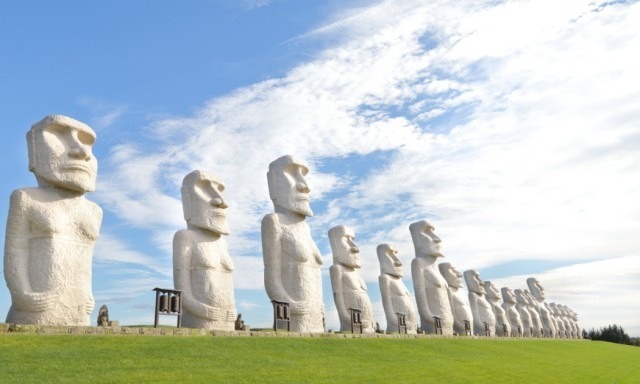Nagano Prefecture is renowned for its unique natural environment and relaxed lifestyle, having been ranked first in Japan's happiness index, making it a highly attractive destination. Easily accessible from urban centers, it boasts abundant tourism resources!
Nagano is a year-round destination: spring brings cherry blossoms at Takato Castle Park, summer offers cool retreats like Karuizawa, autumn showcases vibrant foliage in Kamikochi and the Japan Alps, and winter is dotted with winter sports havens, led by Hakuba Happo-one Ski Resort.
This time, Japan RAR has carefully selected 30 recommended attractions in Nagano Prefecture, introducing them one by one.
1. Kamikochi / Matsumoto City
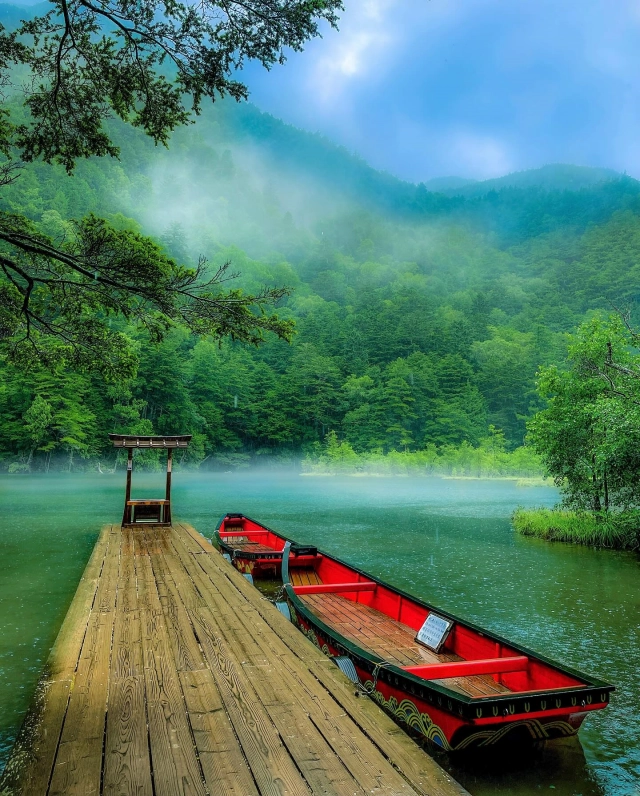
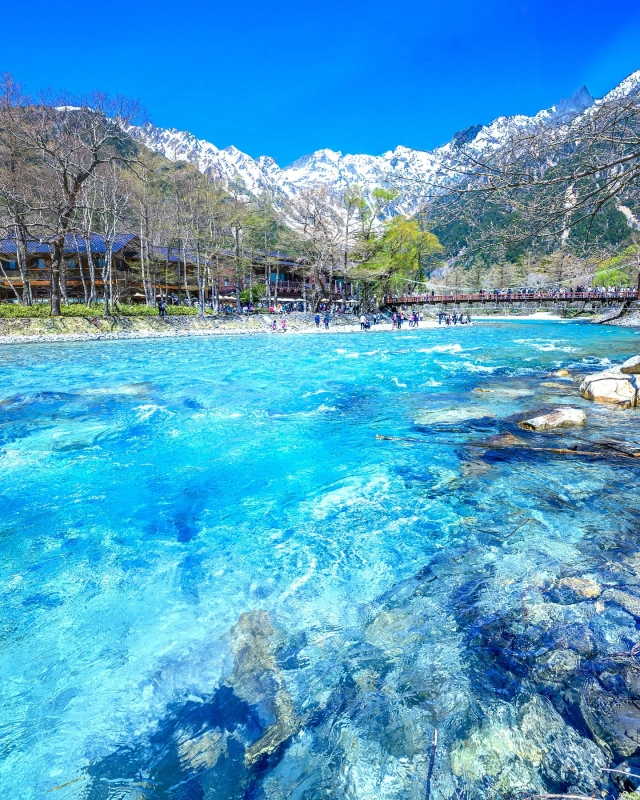
Known as Japan's first mountain resort, "Kamikochi" offers comfortable hiking trails and stunning natural scenery, with the early morning being particularly recommended. Numerous hotels are scattered throughout Kamikochi, and the morning view of "Taisho Pond" is a breathtaking sight exclusive to overnight guests.
As the sun rises, Taisho Pond is enveloped in morning mist, gradually revealing itself. Unlike its clear daytime appearance, this mystical scene is awe-inspiring! Morning mist typically appears around 8:00-8:30 in August and 7:00-7:30 in September. Even in summer, mornings in Kamikochi can be quite chilly, so warm clothing is advised.
- Kamikochi(上高地)
- Address: Azumi, Matsumoto City, Nagano Prefecture
- Open Period: From the mountain opening ceremony on April 27 to the closing ceremony on November 15
- Access: About 90 minutes by bus from Matsumoto Station on the Matsumoto Electric Railway to "Kamikochi Bus Terminal"
2. Matsumoto Castle / Matsumoto City
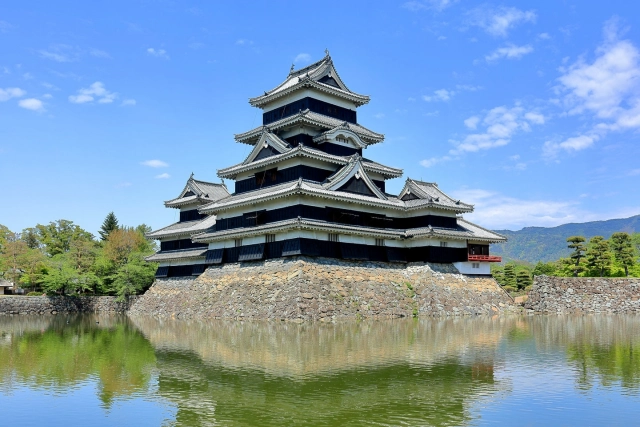
Standing majestically against the backdrop of the Alps, "Matsumoto Castle" is a symbol of Shinshu Matsumoto. One of Japan's five National Treasure castles, also known as "Fukashi Castle," it is beloved by locals. Renowned for its architectural beauty, it attracts international visitors and is a key stop on the Michelin three-star "Samurai Road" route (Matsumoto, Takayama, Shirakawa-go).
Spring hosts the "Night Cherry Blossom Festival," summer features "Noh performances," and autumn showcases a "Chrysanthemum Exhibition," offering beauty in every season. In January, the "National Treasure Matsumoto Castle Ice Sculpture Festival" displays ice art crafted overnight.
- Matsumoto Castle(松本城)
- Address: 4-1 Marunouchi, Matsumoto City, Nagano Prefecture
- Hours: 8:30 AM–5:00 PM (extended to 6:00 PM during Golden Week and summer)
- Access: About 20 minutes on foot from JR Matsumoto Station
3. Shirahone Onsen / Matsumoto City
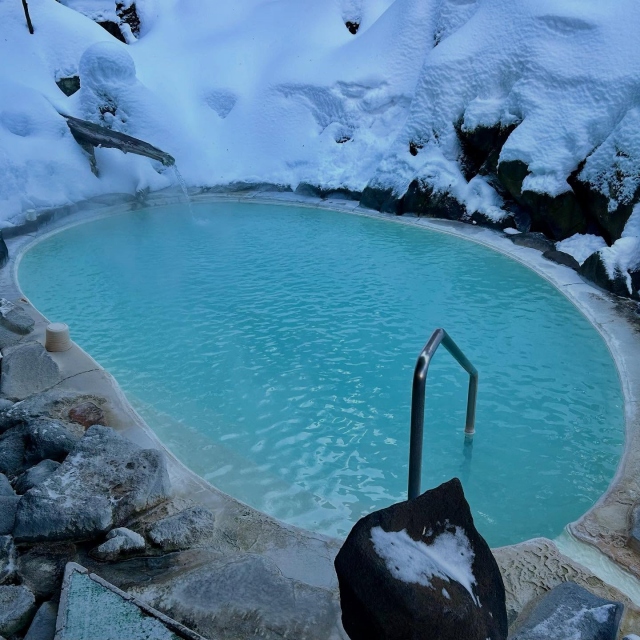
"Shirahone Onsen," located on the eastern slopes of Mount Norikura in the Northern Alps, is famous for its hot spring said to "prevent colds for three years if you soak for three days." The mineral-rich water leaves white deposits resembling bones on the bath, giving the onsen its name.
The historic "Yumoto Saito Ryokan," established in 1738, holds the No. 1–4 hot spring sources, the origin of Shirahone Onsen, offering a top-tier hot spring experience. Relax slowly in this ancient onsen.
- Shirahone Onsen(白骨温泉)
- Address: Azumi, Matsumoto City, Nagano Prefecture
- Access: About 70 minutes by bus from Shinshimashima Station on the Matsumoto Electric Railway
4. Utsukushigahara Highlands / Matsumoto City
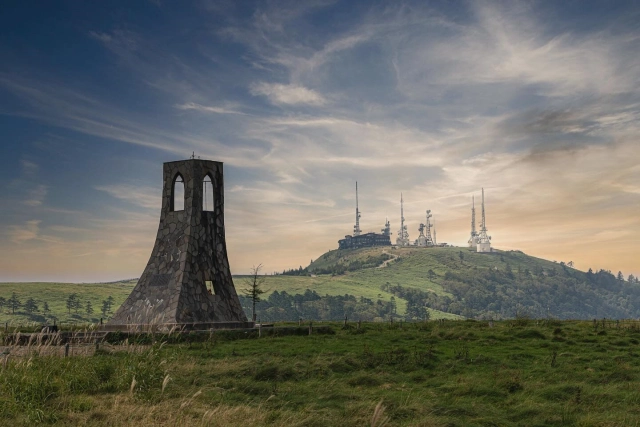
"Utsukushigahara Highlands" is refreshingly cool in summer, making lowland heat hard to believe, and in winter, it sparkles with rime ice, making it a beautiful highland. Nearby attractions include the Utsukushigahara Open-Air Museum, Venus Line, Kirigamine Highlands, and Kurumayama Highlands.
The "Tower of Beauty," a symbol of Utsukushigahara, serves as a fog lookout tower and a popular stargazing spot. On clear nights, the Milky Way is visible to the naked eye, and the vast sky makes spotting shooting stars easy, especially during meteor showers.
- Utsukushigahara Highlands(美ヶ原高原)
- Address: Iriyamabe, Matsumoto City, Nagano Prefecture
- Access: About 70 minutes by car from Matsumoto IC on the Nagano Expressway
5. Norikura Highlands / Matsumoto City
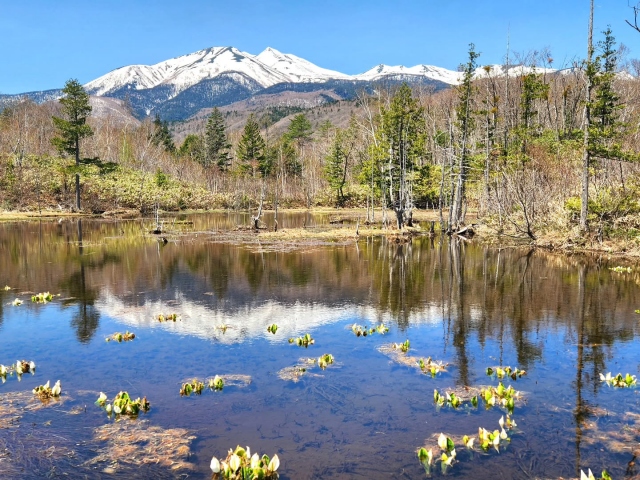
"Norikura Highlands," at an altitude of 1,100–1,800 meters, is a renowned highland resort where summer temperatures are 10 degrees cooler than in the city, attracting many visitors seeking relief from the heat.
The "Norikura Three Waterfalls" are the best spots to experience Norikura’s nature, with a round trip to each waterfall taking less than an hour, perfect for a waterfall tour. Among them, "Sanbondaki" is listed among Japan’s Top 100 Waterfalls, representing the Norikura Three Waterfalls.
- Norikura Highlands(乗鞍高原)
- Address: Azumi, Matsumoto City, Nagano Prefecture
- Access: About 50 minutes by Alpico bus from Shinshimashima Station on the Matsumoto Electric Railway
6. Shinshu Sky Park (Nagano Prefecture Matsumoto Flatland Park) / Matsumoto City
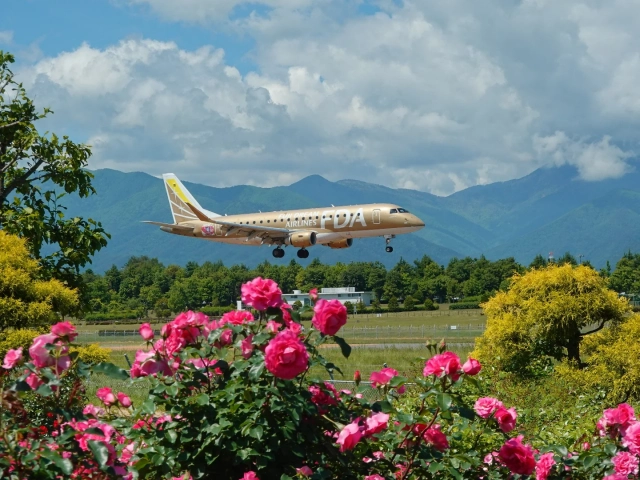
Shinshu Matsumoto Airport, Japan’s highest-altitude airport, is surrounded by "Shinshu Sky Park," which features facilities like a track and field stadium and the Yamabiko Dome (pictured).
The park offers walking and running paths around the airport, where aviation enthusiasts can also photograph planes.
- Shinshu Sky Park(信州スカイパーク)
- Address: 3443 Imai, Matsumoto City, Nagano Prefecture
- Access: About 25 minutes by Alpico bus from JR Matsumoto Station to "Yamabiko Dome" or "Shinshu Sky Park Sports Center"
7. Azumino Wasabi Field Springs / Azumino City
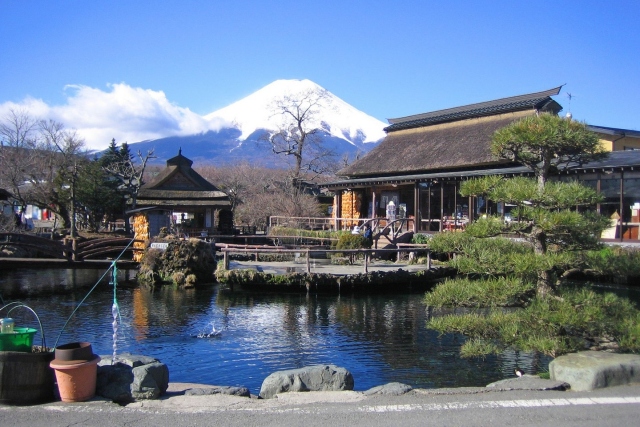
Known as the "land of springs," Azumino City in Nagano Prefecture benefits from the snowmelt of the Northern Alps, which becomes underground streams, creating beautiful springs. These springs are used for wasabi cultivation, and the "Azumino Wasabi Field Springs" are listed among Japan’s Top 100 Famous Waters.
"Daio Wasabi Farm" is a must-visit in Azumino, now as popular as a theme park, attracting many tourists.
- Azumino Wasabi Field Springs(安曇野わさび田湧水群)
- Address: Azumino City, Nagano Prefecture
- Access: About 20 minutes on foot from JR Kashiwabara Station
8. Zenkoji Temple / Nagano City
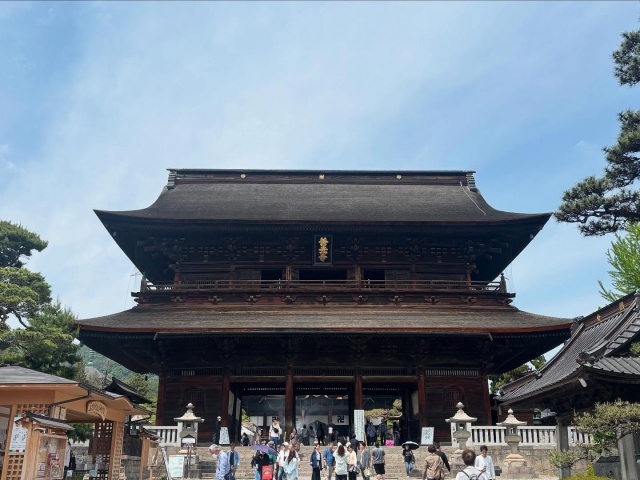
"Zenkoji Temple," Nagano Prefecture’s iconic temple, founded in 644 as a non-sectarian nunnery, is revered by Japanese as a "once-in-a-lifetime pilgrimage destination, no matter how far."
The temple’s principal image is the Ikkosanzon Amida Buddha, said to be Japan’s oldest Buddhist statue, introduced in 552. The main hall is Japan’s largest wooden structure, housing unique attractions like the only Buddhist-style grand mausoleum, a flower-offering monument, and a "lost child" mailbox tower.
- Zenkoji Temple(善光寺)
- Address: 491-i Motoyoshi-cho, Nagano City, Nagano Prefecture
- Hours (Ticket Office): 9:00 AM–4:30 PM
- Access: About 15 minutes by bus from JR Nagano Station to "Zenkoji Daimon," then 5 minutes on foot
9. Togakushi Shrine / Nagano City
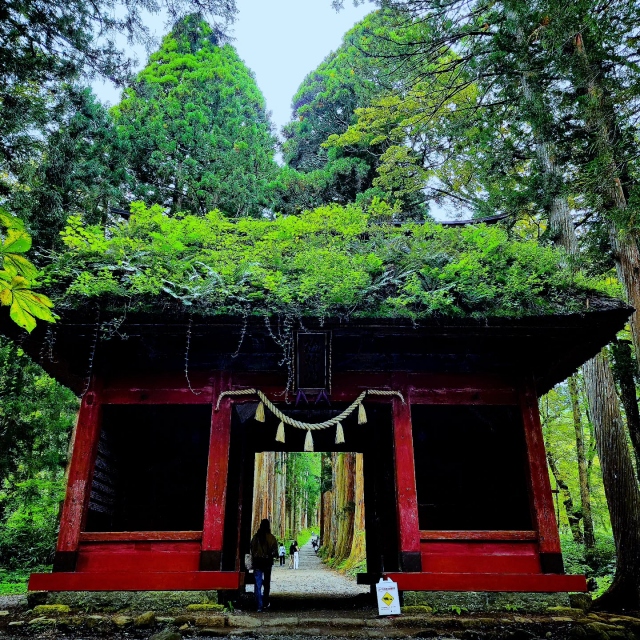
"Togakushi Shrine," a renowned spiritual site in Japan, is said to have formed when the "Ama-no-Iwato" (heavenly rock cave) flew to Togakushi Mountain. It comprises Hoko-sha at the foot, Hino-mikosha, Chusha, and the innermost Okusha and Kuzuryusha, collectively known as Togakushi Shrine.
The recommended pilgrimage route starts from the highest-altitude Okusha and Kuzuryusha, descending along the prefectural road to Chusha, Hino-mikosha, and Hoko-sha, taking about 4–5 hours.
- Togakushi Shrine(戸隠神社)
- Address: 3506 Togakushi, Nagano City, Nagano Prefecture
- Hours: 9:00 AM–5:00 PM
- Access: From JR Nagano Station, take an Alpico bus from Platform 7 to "Togakushi Plateau" and get off at "Hoko-sha Miyamae," "Chusha Miyamae," or "Okusha"
10. Kawanakajima Ancient Battlefield Park / Nagano City
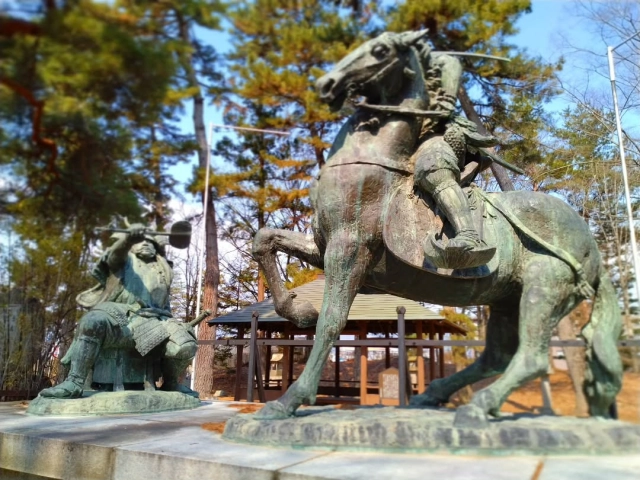
Takeda Shingen and Uesugi Kenshin fought five famous battles at Kawanakajima for control of northern Shinano. The Kawanakajima battle site is now the "Kawanakajima Ancient Battlefield Park," adjacent to the city museum and Hachiman Shrine, a must-visit for history enthusiasts.
Hachiman Shrine, where Takeda Shingen established his base, preserves dynamic relics like the "One-on-One Combat Statue" and the "Three Swords, Seven Swords Monument."
- Kawanakajima Ancient Battlefield Park(川中島古戦場史跡公園)
- Address: 1384-1 Kojimada-cho, Nagano City, Nagano Prefecture
- Access: About 20 minutes by bus from JR Nagano Station to "Kawanakajima Ancient Battlefield," then 2 minutes on foot
11. Tateyama Kurobe Alpine Route / Omachi City
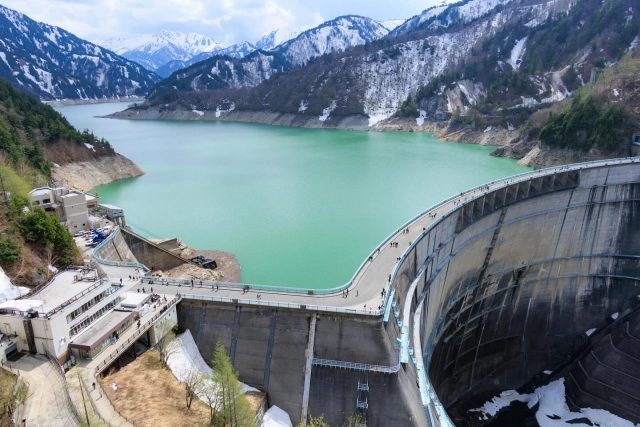
The "Tateyama Kurobe Alpine Route," stretching from Omachi City in Nagano Prefecture to Toyama City, is a world-famous mountain tourism route showcasing the majestic 3,000-meter peaks of the Northern Alps. The Tateyama cable car reaches the summit in about 7 minutes without a single support pillar, ensuring an unobstructed view of the stunning scenery.
The best seats for viewing are on the Kurobe-daira side, offering panoramic views of the emerald-green Kurobe Lake and the grand 3,000-meter peaks. The Murodo side is also impressive, but the Kurobe-daira side is superior for its breathtaking vistas.
- Tateyama Kurobe Alpine Route(立山黒部アルペンルート)
- Address: Omachi City, Nagano Prefecture to Toyama City, Toyama Prefecture
- Access: About 40 minutes by bus from JR Shinano-Omachi Station to "Ogizawa Station"
12. Suwa Lake / Suwa City
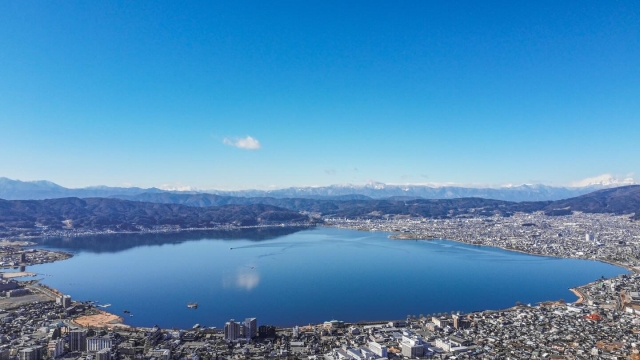
The globally acclaimed animated film Your Name, though set in a fictional town, is said to draw inspiration from the scenery around "Suwa Lake." Visitors familiar with the movie can recreate iconic scenes for photos.
Tateishi Park in Suwa City is an excellent vantage point for viewing Suwa Lake, the surrounding towns, and sunsets. Visit 30–40 minutes before and after sunset to enjoy the park’s daytime scenery, the sunset over Suwa Lake, and the nighttime city lights.
- Suwa Lake(諏訪湖)
- Address: Suwa City to Okaya City, Nagano Prefecture
- Access: About 5 km by car from Suwa IC on the Chuo Expressway
13. Yashima Wetlands / Suwa District
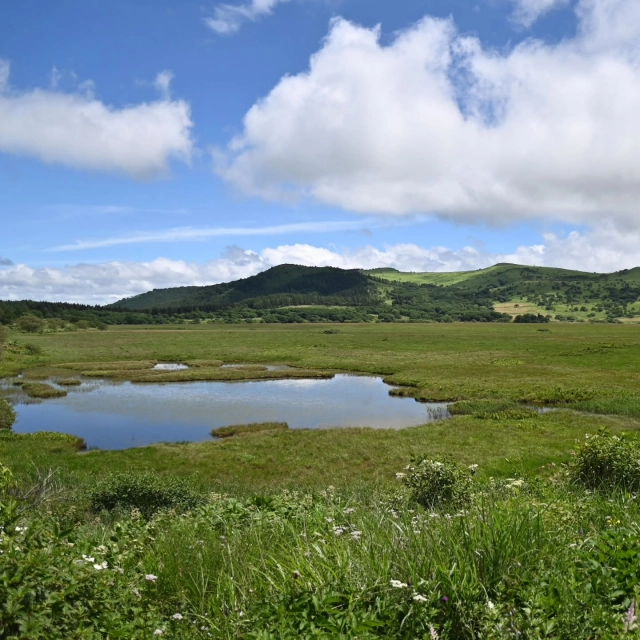
"Yashima Wetlands," located within the Yatsugatake-Chushin Highlands National Park, is a precious highland marsh with an 8-meter-thick peat layer, designated as a Japanese National Natural Monument.
The marsh, formed by undecayed plant matter accumulating into peat, rises above the water surface. Boardwalks make walking easy, allowing visitors to enjoy scenic spots like Yashima Pond, Onisensui, and Kamaiike.
- Yashima Wetlands(八島ヶ原湿原)
- Address: Yashima Wetlands, Shimosuwa Town, Suwa District, Nagano Prefecture
- Open Period: Late April to early November (closed in winter)
- Access: About 90 minutes by Alpico bus from JR Chino Station
14. Suwa Taisha / Suwa City to Chino City
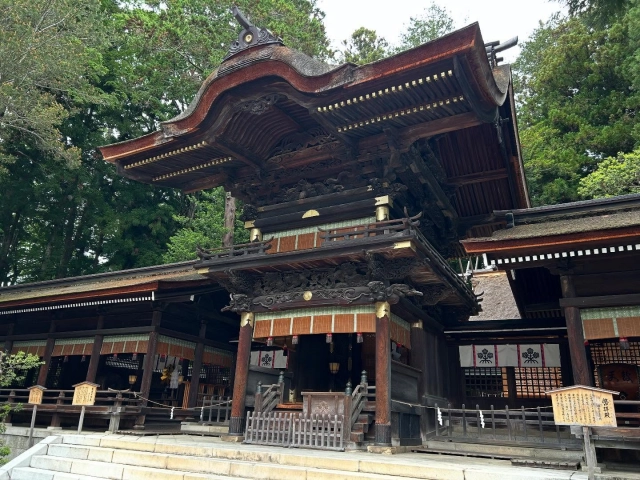
Located in the heart of Shinshu, Suwa Taisha is the head shrine of Japan’s 25,000 Suwa shrines, making it a must-visit for pilgrims to Shinano’s primary shrine.
Divided by Suwa Lake, it consists of the southern "Kamisya Honmiya" and "Kamisya Maemiya," and the northern "Shimosya Harumiya" and "Shimosya Akimiya," forming a rare four-shrine system with origins in the Kojiki’s myth of land transfer. Collecting goshuin (shrine seals) from all four shrines earns a commemorative gift, making a goshuin pilgrimage worthwhile.
- Suwa Taisha(諏訪大社)
- Address:
- Kamisya Maemiya: 2030 Miyagawa, Chino City, Nagano Prefecture
- Kamisya Honmiya: 1 Nakasu Miyayama, Suwa City, Nagano Prefecture
- Shimosya Harumiya: 193 Shimosuwa Town, Suwa District, Nagano Prefecture
- Shimosya Akimiya: 5828 Shimosuwa Town, Suwa District, Nagano Prefecture
- Access: About 10 minutes on foot from JR Shimosuwa Station to Shimosya Akimiya, or 20 minutes to Shimosya Harumiya
15. Kurumayama / Chino City

Kirigamine, in Nagano Prefecture, is a highly popular highland with vast grasslands, marshes, lakes, and leisure activities like ski resorts, amusement parks, and scenic drives. Its highest peak, "Kurumayama," one of Japan’s 100 famous mountains, is easily accessible by cable car.
The summit offers views of Tateshina Mountain and Lake Shirakaba. Temperatures at the summit are over 10 degrees cooler than at the base, so long sleeves are recommended even in summer.
- Kurumayama(車山)
- Address: 3413 Kitayama, Chino City, Nagano Prefecture (Kurumayama Highlands Sky Park Resort)
- Hours: Peak season (July–August) 8:30 AM–4:00 PM (last cable car from base), 4:30 PM (last from summit)
- Access: About 60 minutes by bus from JR Chino Station to "Kurumayama Highlands"
16. Tateshina Highlands / Chino City
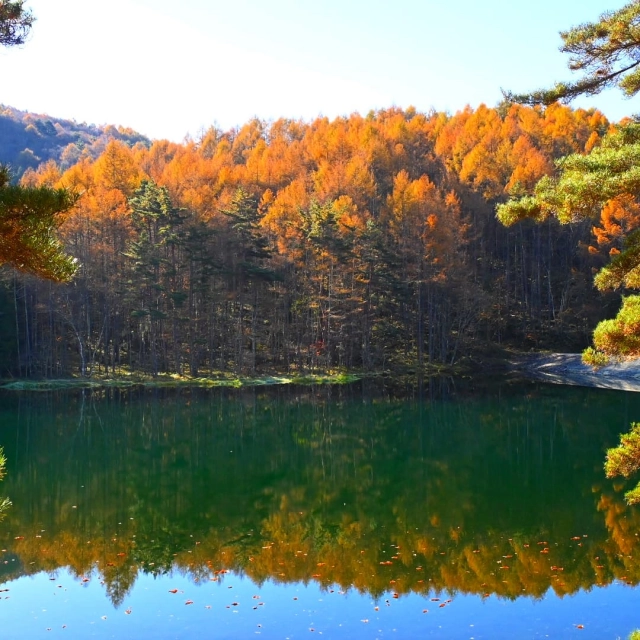
"Tateshina Highlands," at 1,000 meters above sea level, is one of Japan’s top highland resorts, featuring Tateshina Lake, the North Yatsugatake Ropeway summit station, and numerous hiking and walking spots.
Summer offers alpine plants, autumn brings vibrant foliage, and winter is a paradise for skiers. Tateshina Onsen, historically a hidden hot spring of Takeda Shingen, remains a popular wellness destination.
- Tateshina Highlands(蓼科高原)
- Address: Kitayama, Chino City, Nagano Prefecture
- Access: About 30 minutes by bus or taxi from JR Chino Station
17. Ueda Castle Ruins Park / Ueda City
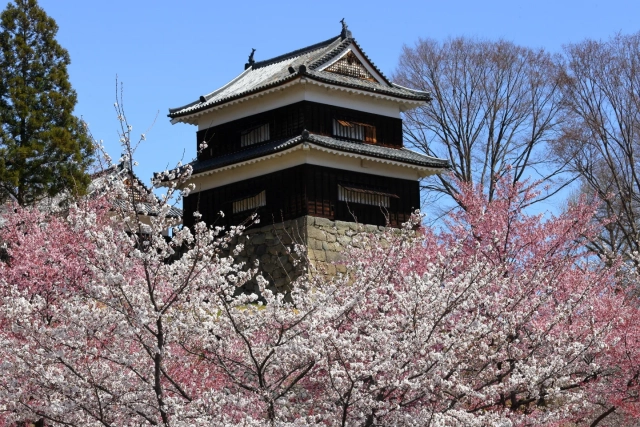
Built in 1583 by Sanada Masayuki, Ueda Castle has been transformed into "Ueda Castle Ruins Park," renowned for its lush greenery. Seasonal events like the "Thousand Cherry Blossom Festival" and "Beech Forest Autumn Foliage Festival" make it a year-round destination.
Though the castle’s keep is gone, historical relics like the South, North, and West Turrets, and the "Sanada Stone" near the East Tiger Gate remain. The park’s "Sanada Shrine" is a sacred spot for praying for victory.
- Ueda Castle Ruins Park(上田城跡公園)
- Address: 6263-i Ninomaru, Ueda City, Nagano Prefecture
- Hours: Park open 24 hours; Ueda City Museum and Ueda Castle Turrets 9:00 AM–5:00 PM
- Closed:
Ueda City Museum: Wednesdays, the day after holidays, year-end/New Year
Ueda Castle Turrets: Wednesdays, the day after holidays, mid-November to March - Access: About 12 minutes on foot from JR Ueda Station, Shinano Railway Ueda Station, or Ueda Electric Railway Ueda Station
18. Sanada Shrine / Ueda City
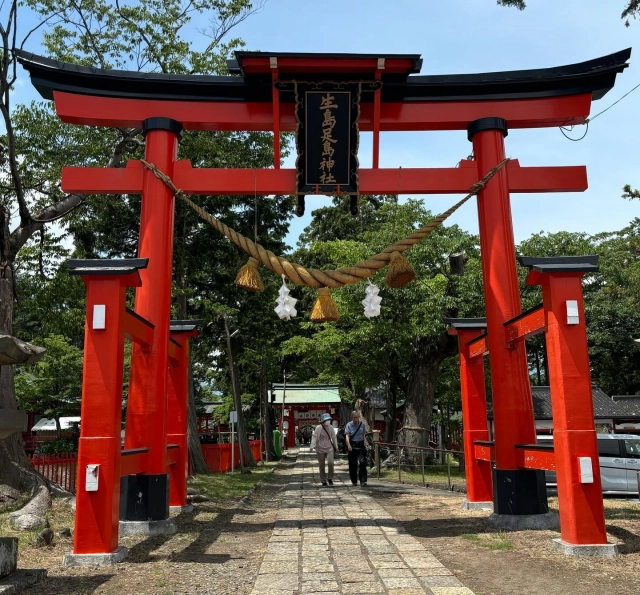
The 2016 NHK drama Sanada Maru brought attention to Ueda City. Among its many Sanada Yukimura-related sites, "Sanada Shrine" within Ueda Castle is a must-visit.
Dedicated to the Sanada family, this shrine is a pilgrimage site for history enthusiasts. A giant red-armored helmet on the grounds, symbolizing Sanada Yukimura’s wartime glory, is a popular photo spot.
- Sanada Shrine(真田神社)
- Address: 1-12 Ninomaru, Ueda City, Nagano Prefecture
- Hours: 9:00 AM–4:00 PM
- Access: About 10 minutes on foot from JR Ueda Station
19. Bessho Onsen / Ueda City
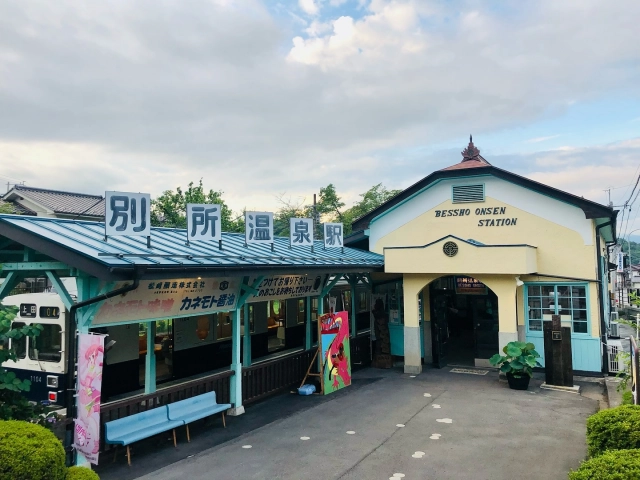
"Bessho Onsen" in Ueda City, one of Japan’s three historic hot springs, is said to be a hidden retreat of the Sanada clan. It boasts numerous historic temples like Kitamuki Kannon and Anraku-ji, and pilgrimage tours for matchmaking are popular.
The town retains a retro Japanese charm, perfect for photography-loving travelers. Bessho Onsen has three public bathhouses, with "Ishiyu" said to be where Sanada Yukimura healed his wounds.
- Bessho Onsen(別所温泉)
- Address: Bessho Onsen, Ueda City, Nagano Prefecture
- Access: About 30 minutes by Ueda Electric Railway from JR Ueda Station to "Bessho Onsen Station"
20. Karuizawa / Kitasaku District
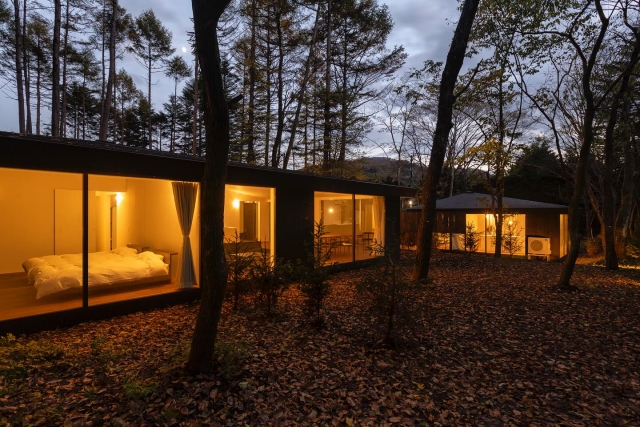
"Karuizawa," a well-known highland resort, is a summer haven for escaping the heat and a winter skiing destination, attracting a steady stream of visitors. Located in the Joshinetsu Highlands National Park, it features rich natural landscapes with lakes, waterfalls, and diverse flora, making hiking and cycling popular activities.
Couples or friends can enjoy outlet shopping, trendy stores, classic architecture, and luxury hotels in Karuizawa.
- Karuizawa(軽井沢)
- Address: Karuizawa Town, Kitasaku District, Nagano Prefecture
- Access: Get off at "JR Karuizawa Station"
21. Jigokudani Snow Monkey Park / Shimotakai District
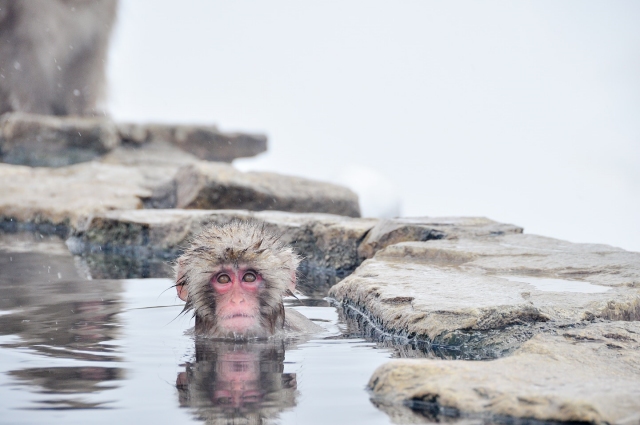
"Jigokudani Snow Monkey Park," frequently featured in global media, attracts many international tourists. The world’s only hot spring for monkeys offers a heartwarming sight as they relax in the baths. While not guaranteed year-round, the chances of seeing monkeys soaking are higher in the cold winter months.
After watching the monkeys, warm up at the nearby "Korakukan," a member of the Japan Secret Hot Springs Association.
- Jigokudani Snow Monkey Park(地獄谷野猿公苑)
- Address: 6845 Heion, Yamanouchi Town, Shimotakai District, Nagano Prefecture
- Hours: Summer 8:30 AM–5:00 PM, Winter 9:00 AM–4:00 PM
- Access: About 15 minutes by bus from Nagano Electric Railway Yudanaka Station to "Snow Monkey Park," then 30 minutes on foot
22. Okuyamada Onsen / Takayama Village
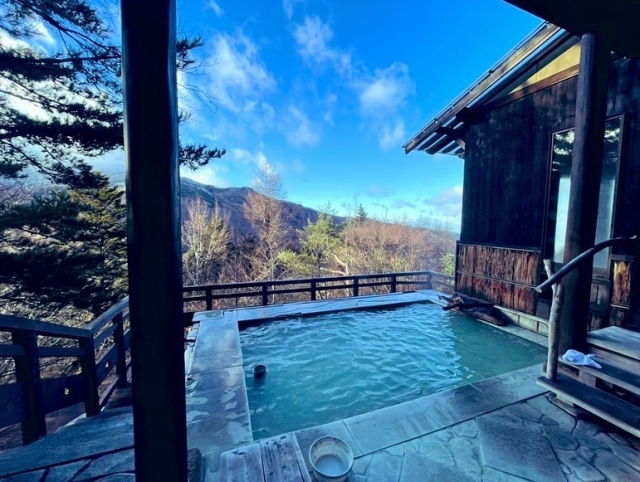
"Okuyamada Onsen," located at 1,500 meters in the deepest part of the Shinshu Takayama hot spring area, offers panoramic views of the Northern Alps and grazing cattle and horses reminiscent of Switzerland, earning it the nickname "Shinshu Tyrol." Summer is ideal for hiking and stream fishing, autumn for foliage, and winter for skiing, offering year-round nature.
Okuyamada Onsen features milky-white sulfur hot springs. The "Redwood Inn Spa Lodge & Restaurant" within Yamada Ranch offers a unique 3.2-meter-diameter hot spring tub carved from 1,650-year-old redwood imported from a U.S. national park.
- Okuyamada Onsen(奥山田温泉)
- Address: 3681-347 Okuyamada, Takayama Village, Kamitakai District, Nagano Prefecture (Redwood Inn)
- Bathing Hours: Saturdays, Sundays, and holidays 10:30 AM–1:30 PM (last entry 1:00 PM)
- Access: About 40 minutes by bus from Nagano Electric Railway Suzaka Station to "Yamada Onsen," then 15 minutes by shuttle
23. Obuse / Kamitakai District
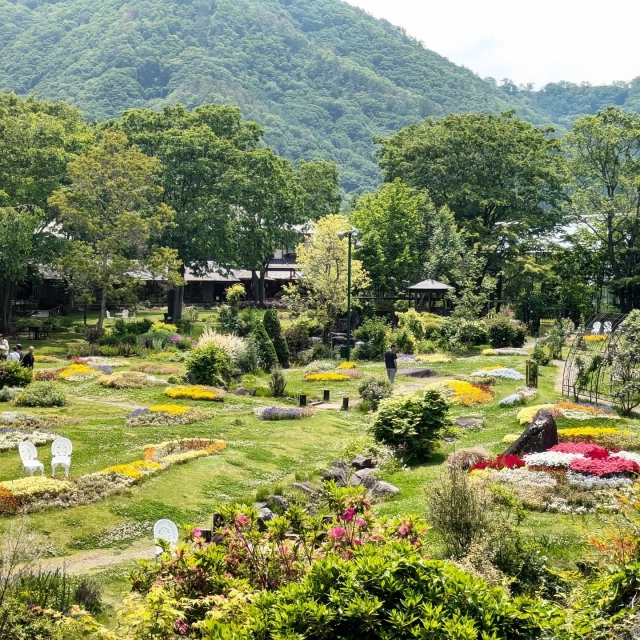
Located in northern Nagano Prefecture, Obuse is a charming town famous for chestnuts. In the Edo period, it was a key hub for transportation and economy. Autumn chestnut sweets, historic temples, and traditional sake breweries make it ideal for a leisurely day of strolling.
Slightly outside Obuse’s town center, "Ganshoin Temple" is a popular attraction. Katsushika Hokusai’s late-life masterpiece, the "Great Phoenix Painting," also known as the "Eight-Direction Gazing Phoenix," adorns the ceiling with vibrant colors, leaving visitors in awe.
- Obuse(小布施)
- Address: Obuse, Kamitakai District, Nagano Prefecture
- Access: Get off at "Obuse Station" on the Nagano Electric Railway
24. Hakuba Happo-ike Pond / Kitaazumi District
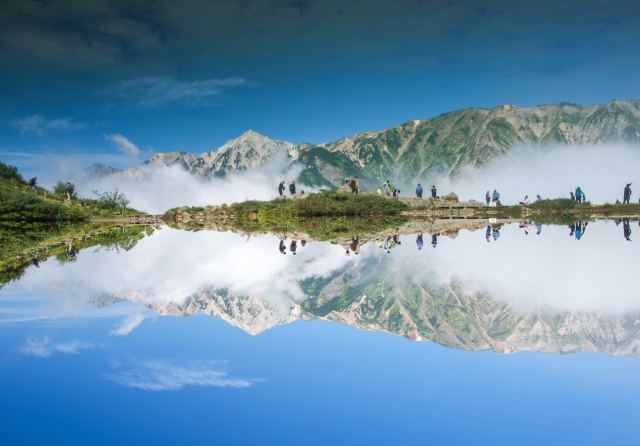
"Hakuba Happo-ike Pond," located at 2,060 meters, is an emerald-green natural pond formed by snowmelt and rainwater, reflecting the Hakuba mountain range like a mirror in a mystical scene.
The Happo-one hiking trail to the pond features seasonal flora like alpine plants and autumn foliage, along with stunning Northern Alps views, offering breathtaking scenery. This trail is popular across a wide age range, from children to seniors.
- Hakuba Happo-ike Pond(白馬八方池)
- Address: Hokujo, Hakuba Village, Kitaazumi District, Nagano Prefecture
- Cable Car Operation: Mid-June to early November
- Access: About 40 minutes by gondola and lift from Happo Station on the Happo Alpine Line to "Happo-ike Sanso," then 90 minutes on foot to Happo-ike Pond
25. Nozawa Onsen Village / Shimotakai District
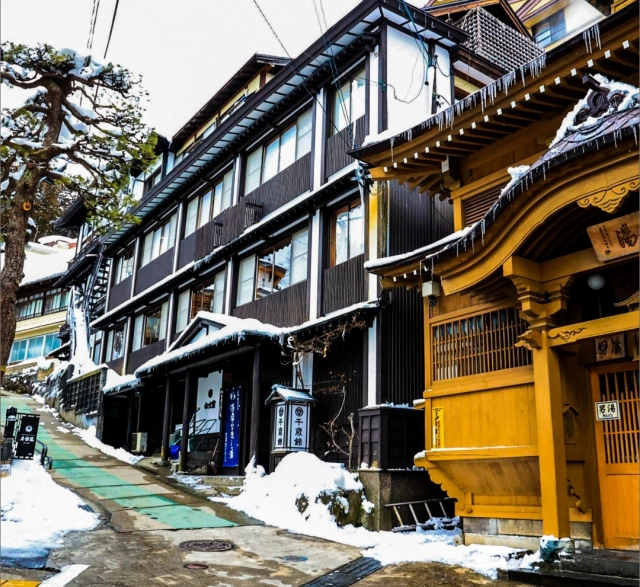
"Nozawa Onsen Village," Japan’s only village named after its hot springs, features 13 public bathhouses dating back to the Edo period, all with 100% natural hot spring water. Footbaths are also available for a relaxing stop after skiing.
"Ryokan Sakaya," a premier inn in Nozawa Onsen, offers private-source hot springs with strong sulfur content, exclusive to guests. Its grand bath, "Takanoyu," features elegant wooden architecture, making it one of the finest hot spring facilities.
- Nozawa Onsen Village(野沢温泉村)
- Address: Nozawa Onsen Village, Shimotakai District, Nagano Prefecture
- Access: About 25 minutes by bus from JR Iiyama Station to "Nozawa Onsen"
26. Narai-juku / Shiojiri City
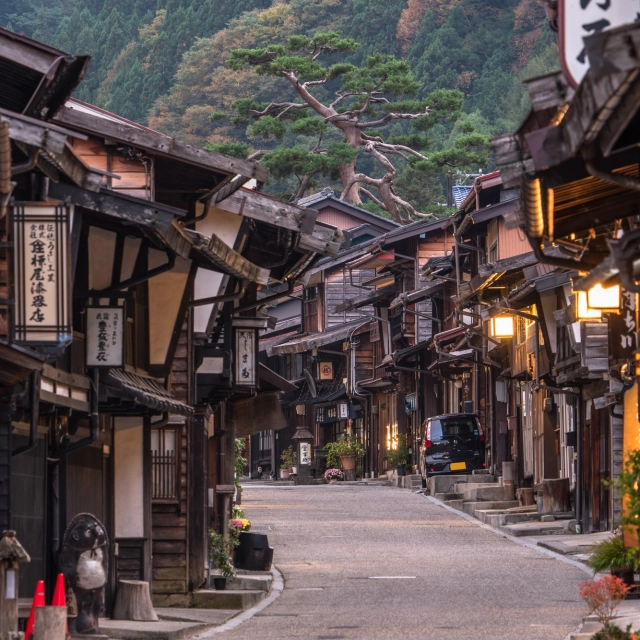
"Narai-juku" in Shiojiri City, a post town on the Edo-period Nakasendo Kiso Road, once bustled with 2,000 travelers daily, earning the nickname "Narai Thousand Houses." Today, about 1 km of Edo-style townhouses remains, creating a soothing atmosphere.
Lining the streets are lacquerware shops, souvenir stores, inns, cafes, and residences. While they may seem similar, each townhouse has unique features, making it enjoyable to spot the differences while strolling.
- Narai-juku(奈良井宿)
- Address: Narai, Shiojiri City, Nagano Prefecture
- Access: About 3 minutes on foot from JR Narai Station
27. Nobeyama Highlands / Minamisaku District
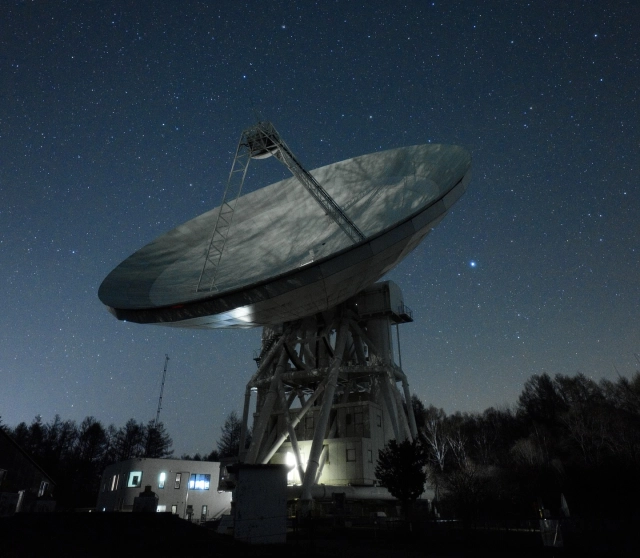
"Nobeyama Highlands" in Minamisaku District, alongside Bisei Town (Okayama) and Ishigaki City (Okinawa), is one of Japan’s top three stargazing destinations.
Its high altitude, low humidity, and minimal snowfall make Nobeyama ideal for stargazing. The National Astronomical Observatory’s "Nobeyama Radio Observatory" offers free tours (with prior registration), featuring a must-see 45-meter radio telescope, one of the world’s largest.
- Nobeyama Highlands(野辺山高原)
- Address: 462-2 Nobeyama, Minamimaki Village, Minamisaku District, Nagano Prefecture
- Access: About 40 minutes on foot from JR Nobeyama Station
28. Atera Valley / Kiso District
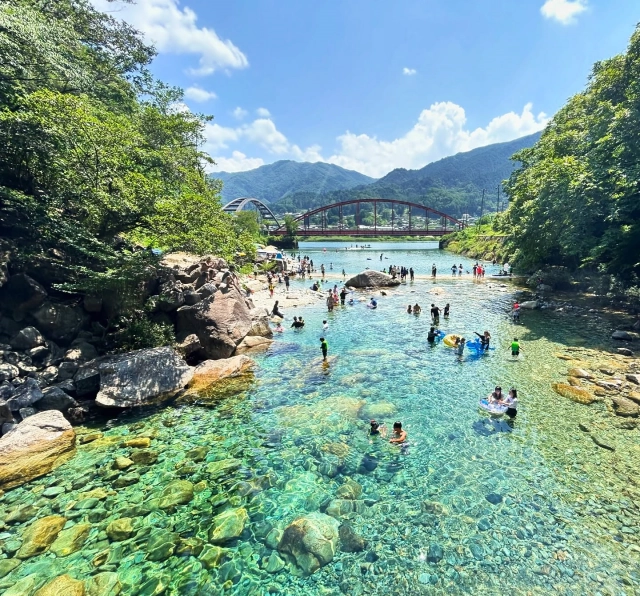
"Atera Valley" in Osan Village is a stunning valley with named spots like Inugaeri-buchi and Kumaga-buchi, and diverse scenery including Rokudan Falls and Kippoh Falls. Its hallmark is the river’s near-transparent blue water, a mesmerizing sight that captivates all visitors.
Beyond the river’s allure, the valley is surrounded by the "Kiso Five Woods" forest, protected from logging since the Edo period, offering a rich natural experience.
- Atera Valley(阿寺渓谷)
- Address: Osan Village, Kiso District, Nagano Prefecture
- Access: About 20 minutes on foot from JR Nojiri Station
29. Senjojiki Cirque / Komagane City
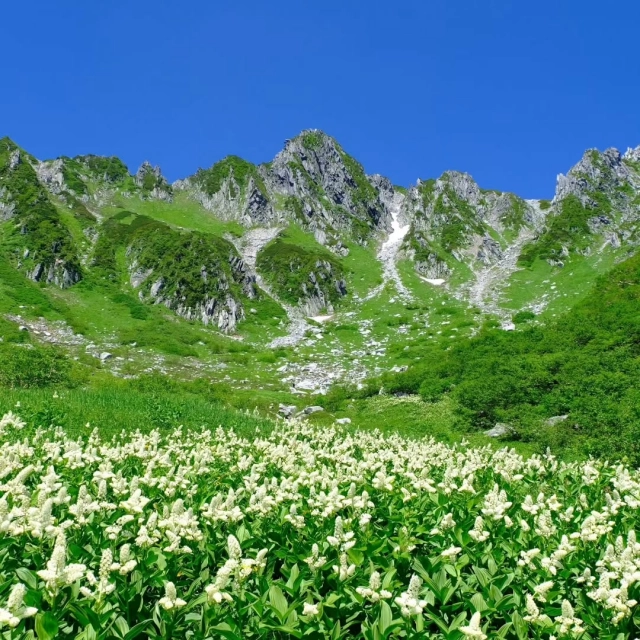
A sea of flowers at 2,600 meters above sea level sounds like a place that requires a tough climb, right? But you can easily reach the floral paradise of the Japanese Alps—"Senjojiki Cirque"—by bus and cable car.
Under the gentle terrain carved by glaciers, a sea of flowers blooms in summer, with clear ponds reflecting the stunning scenery and distant views of the South Alps, making it a true paradise in the sky.
- Senjojiki Cirque (千畳敷カール)
- Address: Akaho, Komagane City, Nagano Prefecture
- Closed: Irregular (please check the official website)
- Access: Approximately 30 minutes by bus from Suganodai Bus Center to "Shirabidaira Station," then about 7 minutes by Komagatake Cable Car to "Senjojiki Station"
30. Takato Castle Ruins Park / Ina City
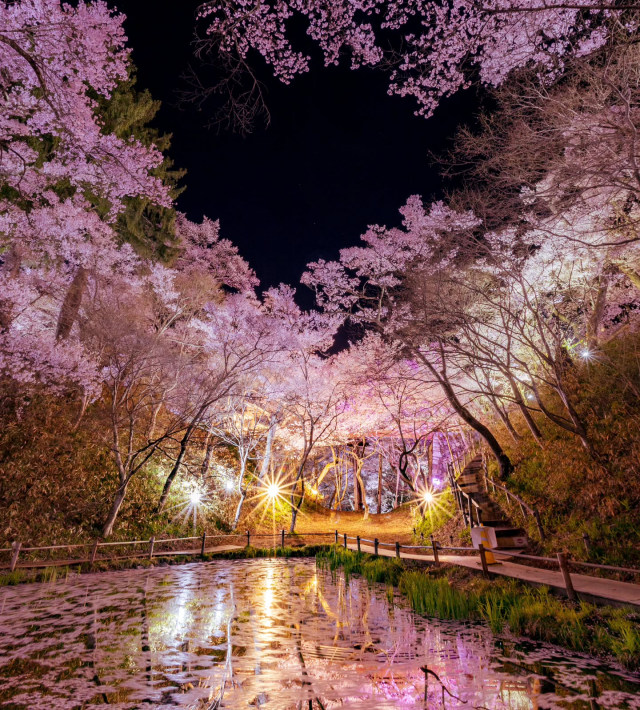
"Takato Castle Ruins Park" is renowned as one of Japan's top three cherry blossom spots, standing out as a true gem! The park features about 1,500 Takato Kohigan cherry trees, with slightly smaller petals than Yoshino cherries and a deeper pink hue, making them exceptionally beautiful.
Must-see attractions include the "Sakura Cloud Bridge" covered in a cloud of cherry blossoms, the "Takato Pavilion" designed by Bunsiro Ito and registered as a tangible cultural property of Japan, and "Hakusan Kannon" in Gorozan, southwest of the park, offering breathtaking views of the Takato cherry blossoms from above.
- Takato Castle Ruins Park (高遠城址公園)
- Address: Higashi-Takato, Ina City, Nagano Prefecture
- Closed: Irregular (please check the official website)
- Access: Approximately 25 minutes by bus from Ina Bus Terminal to "Takato Station," then about 20 minutes on foot
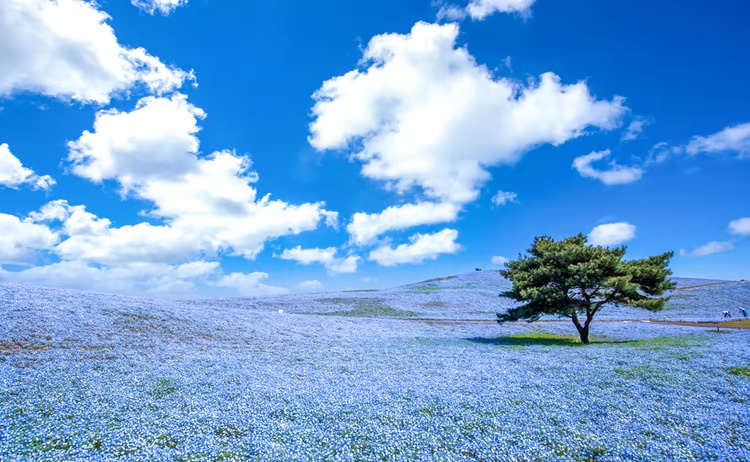
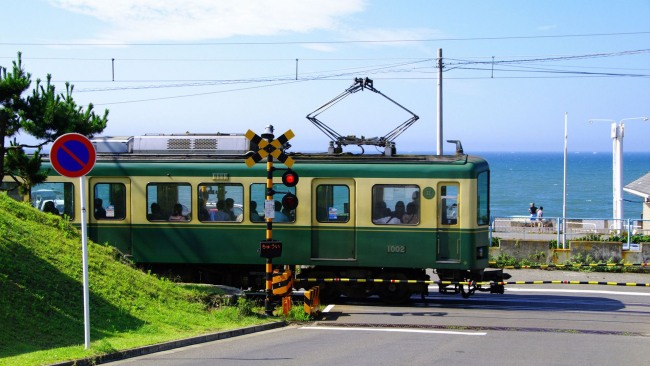
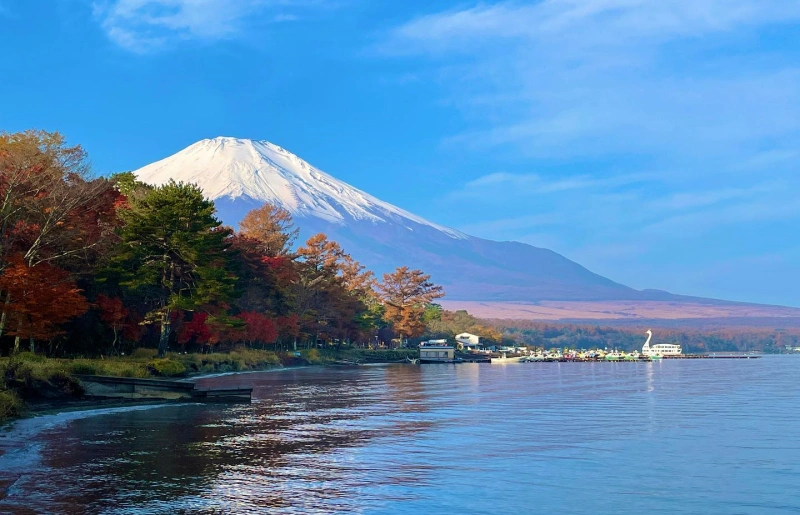
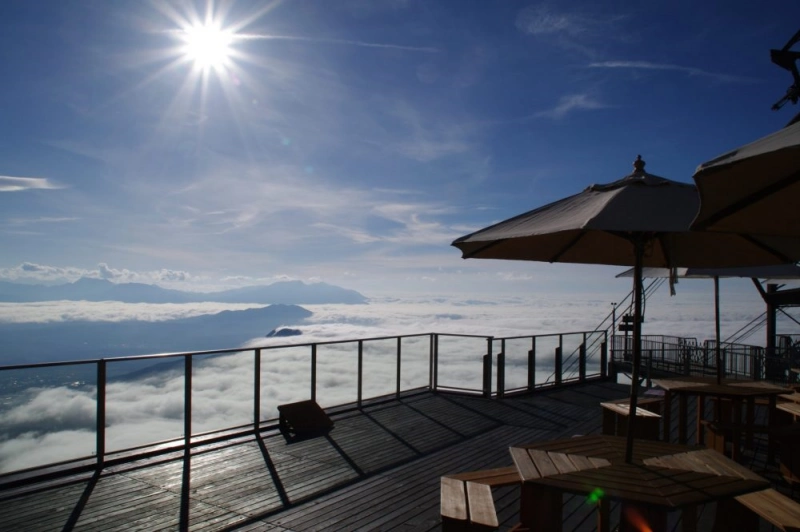
![[Fukuoka Hakata Station Area] 11 Recommended Lunch Spots, Local Specialty Ramen and Cuisine!](https://www.japanrar.com/wp-content/uploads/2025/05/1747187855-5CF568658scaled.webp)
